Please create a free account below, or login by clicking here.
Petland Mall of Georgia
 Adopted
Adopted
Status
Adopted
Reference ID
21267
Birth Date
09-02-2017
Gender
Female
Color
Fawn
Please fill out our contact form below.
"*" indicates required fields
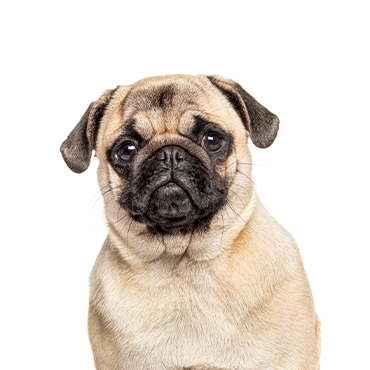
The Pugs have been the top choice for royal families in the Netherlands and England at some point in time. Queen Victoria’s passion for them is one of such encounters the pugs have with Kings and Queens. This isn’t very surprising as the pugs are known for good companionship traits. Discover more about our Pug puppies for sale below!
These traits make them effortlessly loved by their owners. The pug stands out physically; with bulky muscles, a wrinkly face, a curled tail, and a fine coat. The pug’s coat is usually in a variety of colors that commonly include the black and fawn. Despite their physique, the pugs are categorized as toy dogs, this buttresses their intimacy with humans.
Breed History
The pug has origins majorly from China and Netherland. The Modern pugs are imported from China; the earliest breeds have also been known to originate from there. However, the pugs have a history with royal families in the Netherlands and England.
The pugs from China are the most recent appearance of pugs; They are characterized by their short legs, and noses which weren’t elongated. The Modern style pugs were brought in to Britain in 1886 from China.
The pugs were tended by the ruling families in China. The imperial court kept pugs because they were treasured by the Emperors who assigned guards to protect them while they (the pugs) lived in extravagance.
Keeping pugs in Europe started at the House of Orange in the Netherlands. The pug became the official pug of the house after it saved the Prince of Orange from Assassins. When William III and Mary II accepted the throne of England in 1688, they were accompanied by a pug.
Although these pugs were said to have been brought from China, the pugs from Europe at that time, as seen in pictures depict longer legs and nose. The pugs became prominent in the United States in the nineteenth century. They easily became family companions and show dogs.
They became recognized by the American Kennel Club in 1855. The Pug makes a good show dog; A pug prevailed in the Westminster Kennel Club Dog Show organized in the United States. This occurred in 1877, it was the first time a pug would be winning the show since it began.
Temperament
The pug would do anything to please its owners this is what makes them suitable to keep in many homes. Their loyalty is unwavering, they do well with children their calmness and sturdy physique allows them to tolerate children easily. Their Alertness makes them good security dogs but they are not predominantly used for security purposes. Pugs are stubborn, but this does not transform into aggressive manners.
Environment
The pug thrives indoors. It is usually kept close to families that own it. It is classified by most Kennel Clubs as a toy dog. Despite their adaptation to heat, pugs cannot thrive well outdoors in hot and humid regions
Exercise
Pugs do not require high-intensity exercises; however moderate exercising will be sufficient. A reserved and reasonable amount of space for the dog to move around is ideal.
Grooming
The pugs have a fine coat that is sufficient to protect them from heat and cold. The coat doesn’t require too much attention. Maintaining a pug has low requirements. However, wrinkles and eyes have to be cleaned daily.
Our Pugs puppies for sale come from either USDA licensed commercial breeders or hobby breeders with no more than 5 breeding mothers. USDA licensed commercial breeders account for less than 20% of all breeders in the country.
The unregulated breeders who are selling outside of the USDA regulations and without a license are what we consider to be “Puppy Mills.” We are committed to offering Pugs puppies who will grow up to become important members of your family. We only purchase puppies from the very best sources, and we stand behind every puppy we sell.
Contact us today to learn more about the availability of our Pugs puppies for sale. We look forward to helping you find your next family member. Our pet counselors can answer any questions you have about our Pugs puppies.
Top Ten Frequently Asked Questions about the Pug
Do Pugs eyes fall out?
Yes, pugs have a shallow eye socket. Therefore, excess force around the eyes can lead to the eyes falling out. This condition is called ocular proptosis. It is also common to other dogs that have shallow eyes sockets and big bulging eyes; Bulldogs, Pekingese and Chihuahuas.
Do Pugs snore?
The pug is a brachycephalic dog breed; having a short muzzle and a flat face. This makes breathing difficult and leads to the pug snoring.
How good is the Pug’s eyesight?
The pug is more likely to develop eyesight problems that could cause blindness. Their bulging eyes also make them susceptible to eye injuries. Although without any case of injuries or blindness the pugs' eyesight is perfectly normal.
What are the foods I should avoid feeding my Pug with?
Avoid mushrooms, onions, garlic, and avocados. Green tomatoes and Raw potatoes are also harmful. Do not give any alcohol and caffeine-containing food.
Is the Pug good with family?
Yes, the pug regardless of its physical outlook is very friendly and playful. Its history of intimacy with humans makes it suitable for the family.
Can Pugs be left alone?
Dogs generally shouldn’t be ignored. However, it is okay to leave your dog alone for about 8 hours. Note that pugs are companion dogs and want to be with their owners all the time.
Why are Pugs hyperactive?
Pugs have been bred for a very long time as companion dogs. They naturally get excited about seeing their owners and this leads to a series of hyperactive displays.
Would a Pug ever calm down?
Pugs generally become less hyperactive as they grow older. A pug might reach about 2 years of age before showing signs of calmness. However, a calmer adult pug will occasionally go into a hyperactive mode when exited.
How do I prevent my Pugs’ eyes from falling out?
Keep your dog from situations that will result in a fight. Maintain healthy conditions for your pug and yourself; avoid smoking, it can be harmful to your dog
Do Pugs drool?
All dogs drool to a certain extent. However, your pug might drool more given the architecture of its mouth. Its loose and large lips contribute to some drooling, especially when engaged in any physical activity.
The pug Is a very playful dog, alert and even-tempered dog. Good with family and children especially. Clingy and popular dubbed as a shadow, this loving dog will follow you everywhere you go.
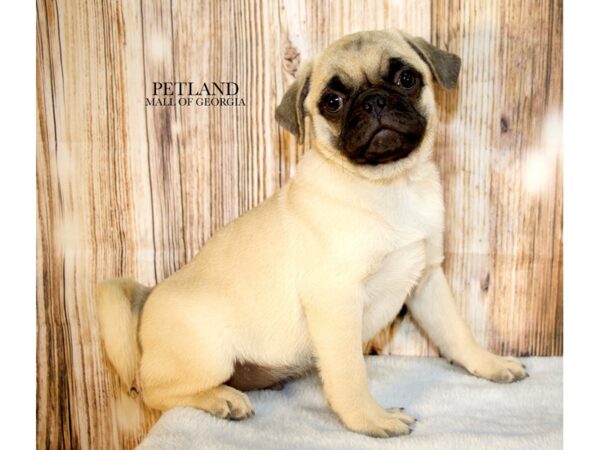
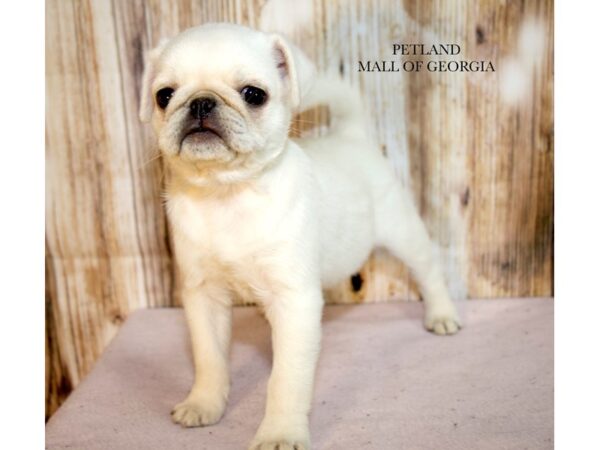
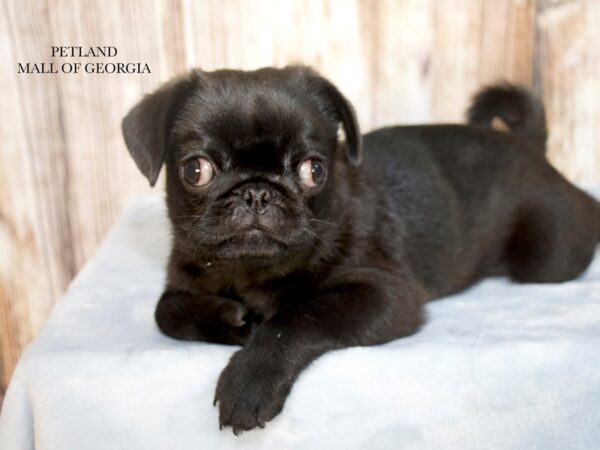
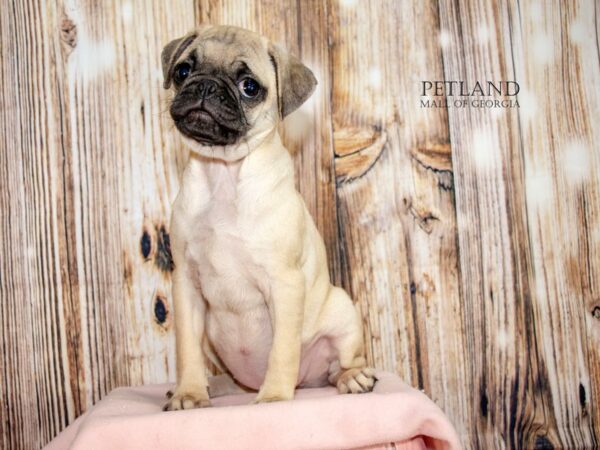
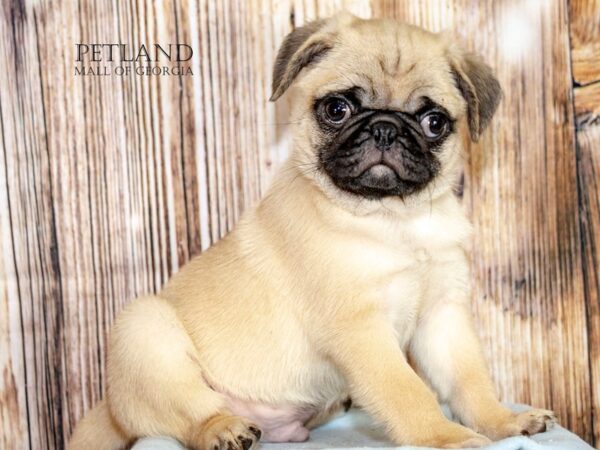
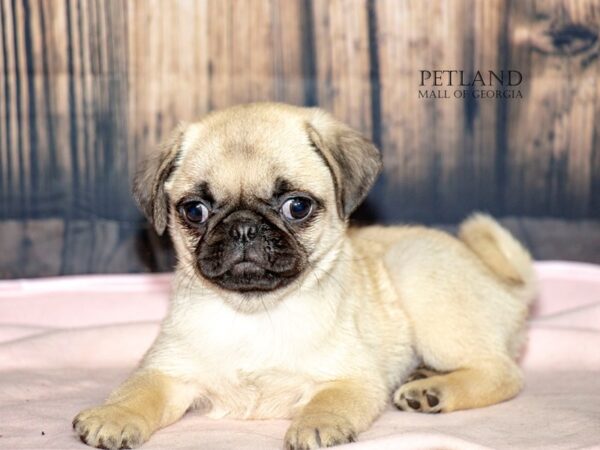
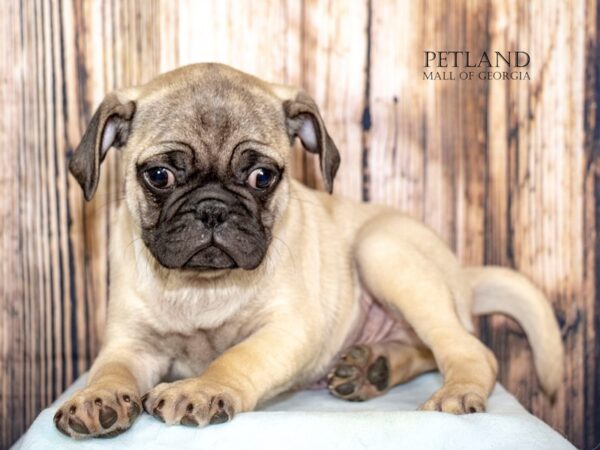
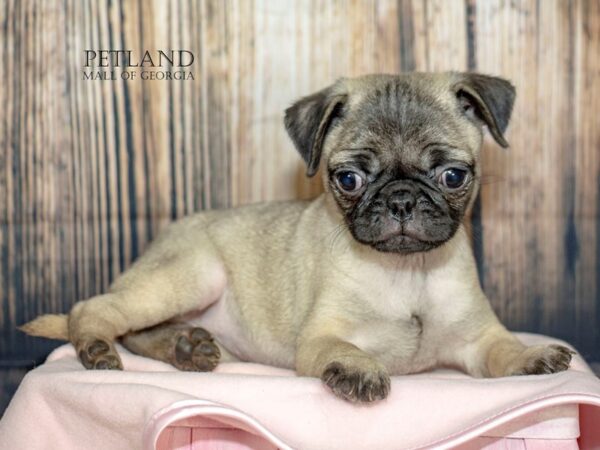
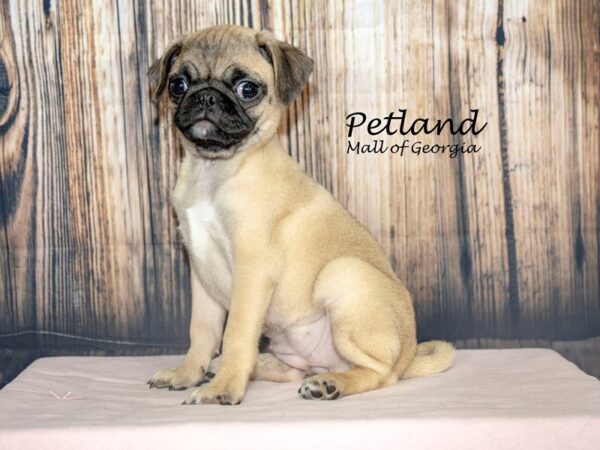
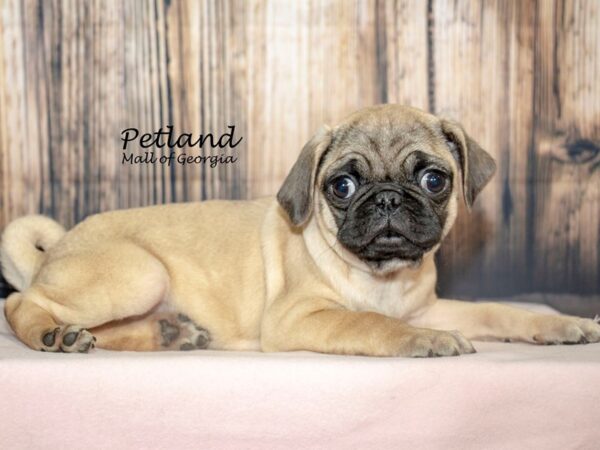
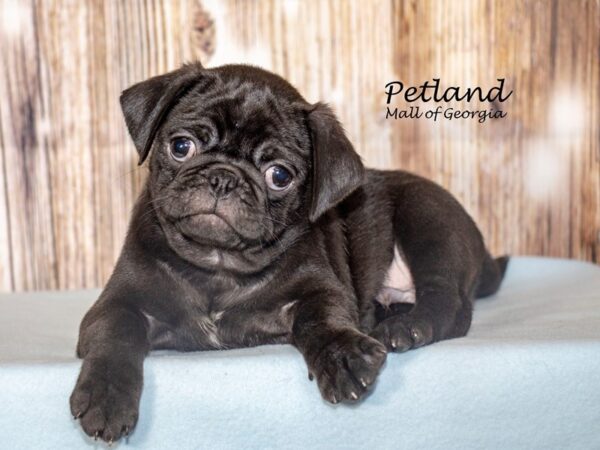
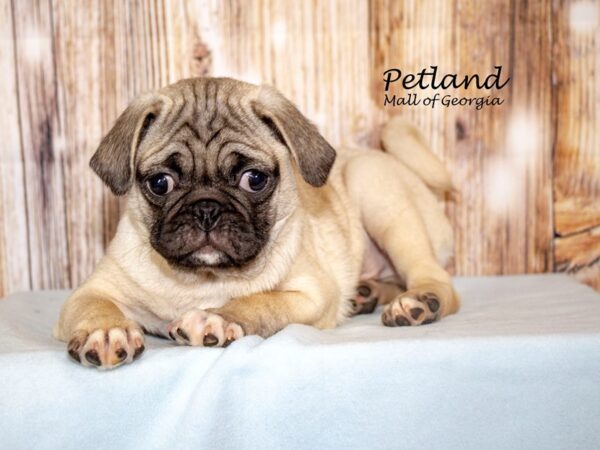
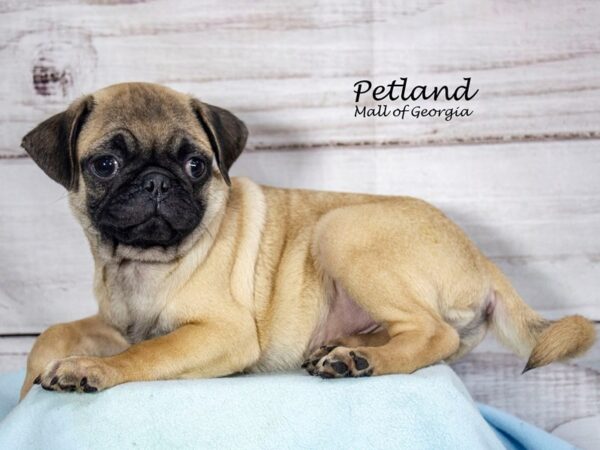
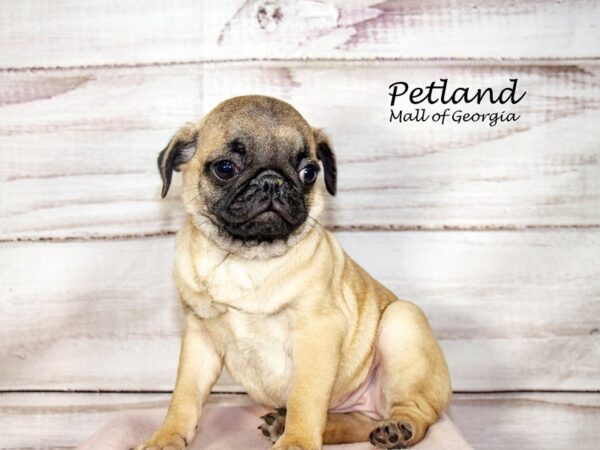

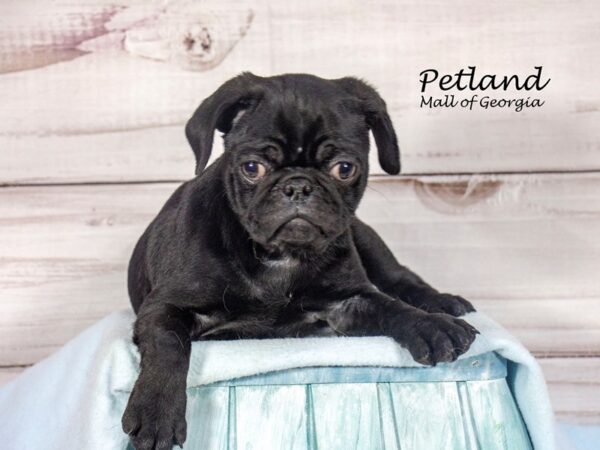
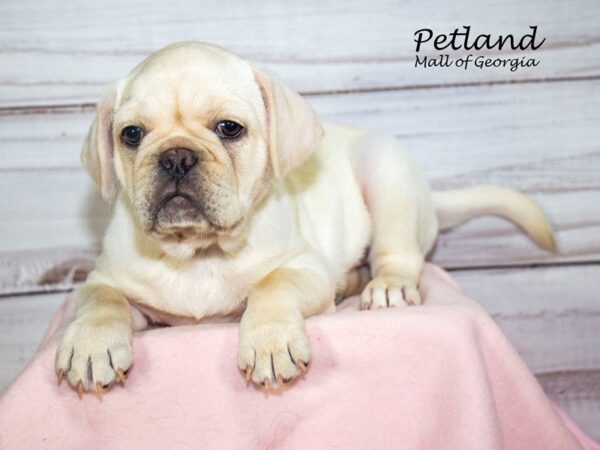
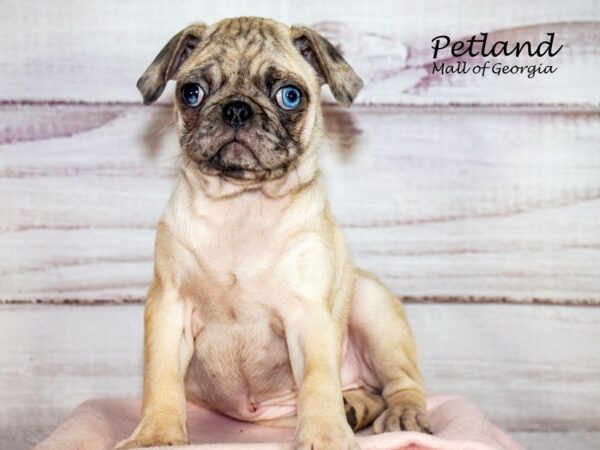


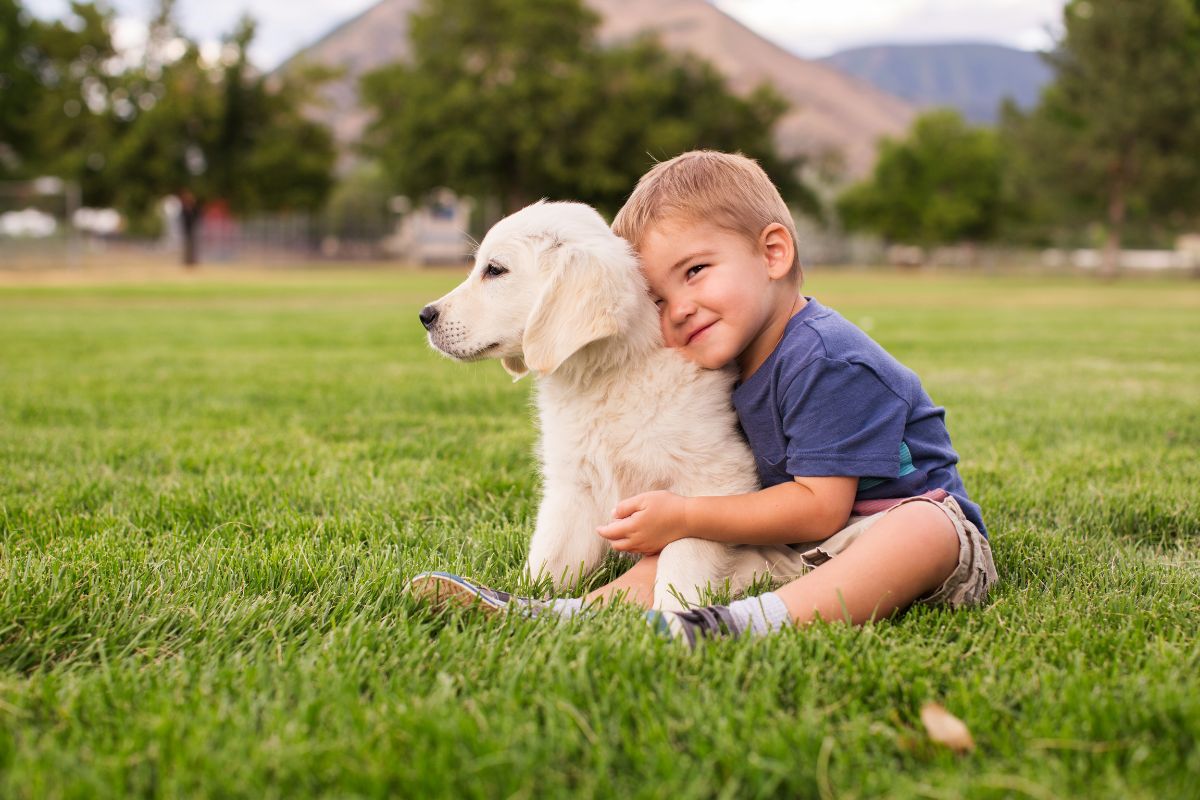
Bringing home a new pet is an exciting milestone, but choosing where to find your furry family member can be challenging. Petland has established itself as a reliable and compas...
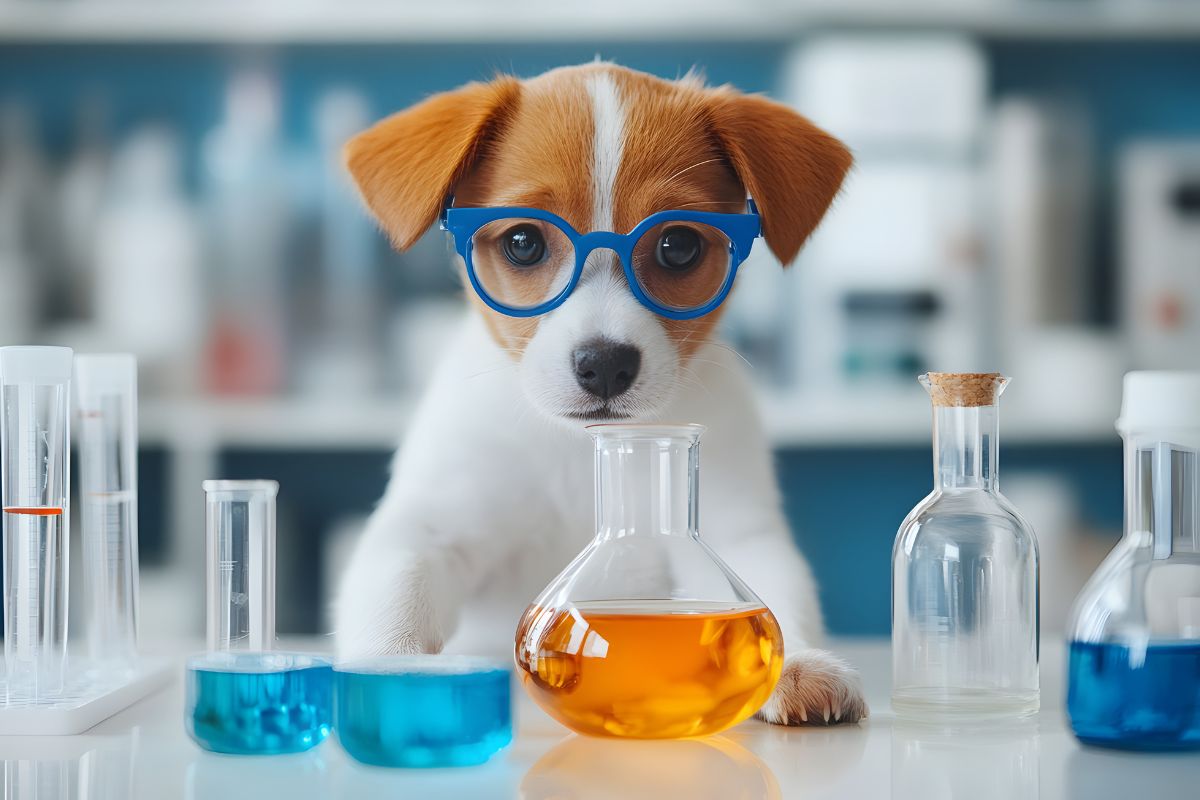
That adorable puppy isn’t just cute; it’s a complex creature needing specific things — understanding what makes a puppy thrive is key to their happiness and de...
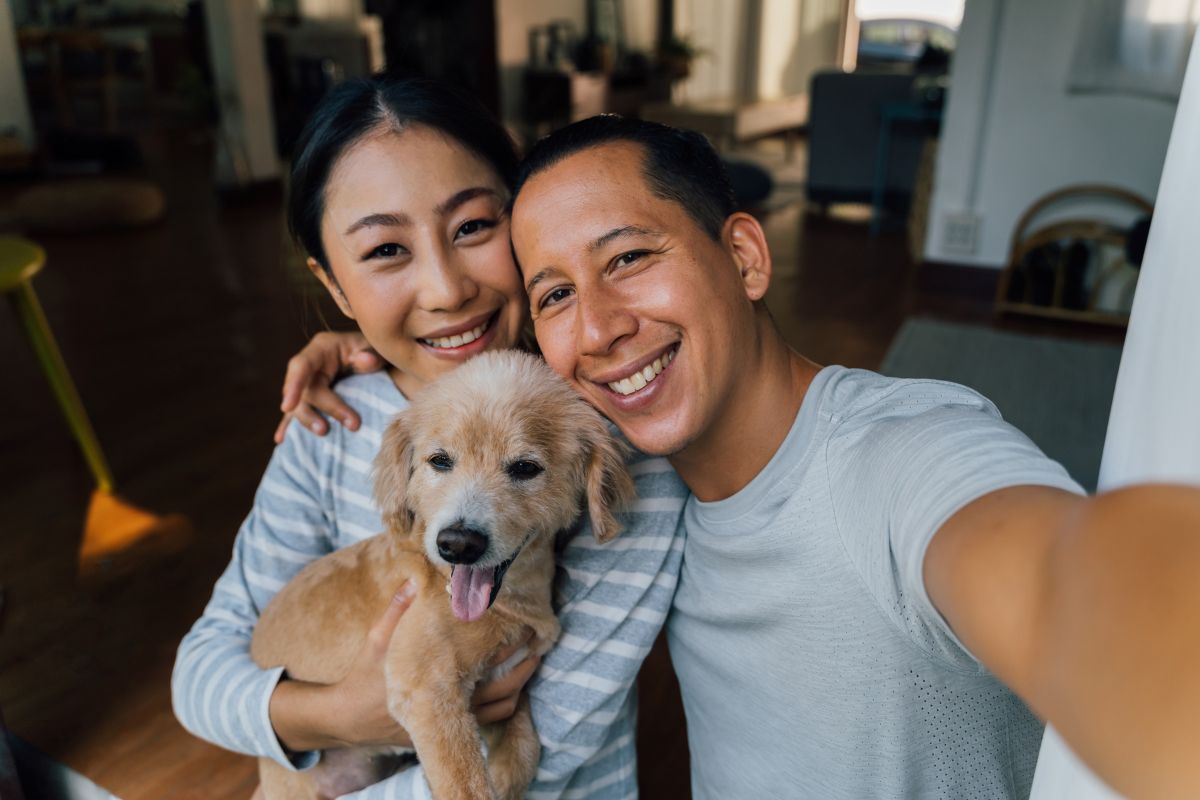
So, you’re thinking about getting a puppy from Petland? Get ready because you’re not just taking home a bundle of furry joy. You’re also getting a full-on star...
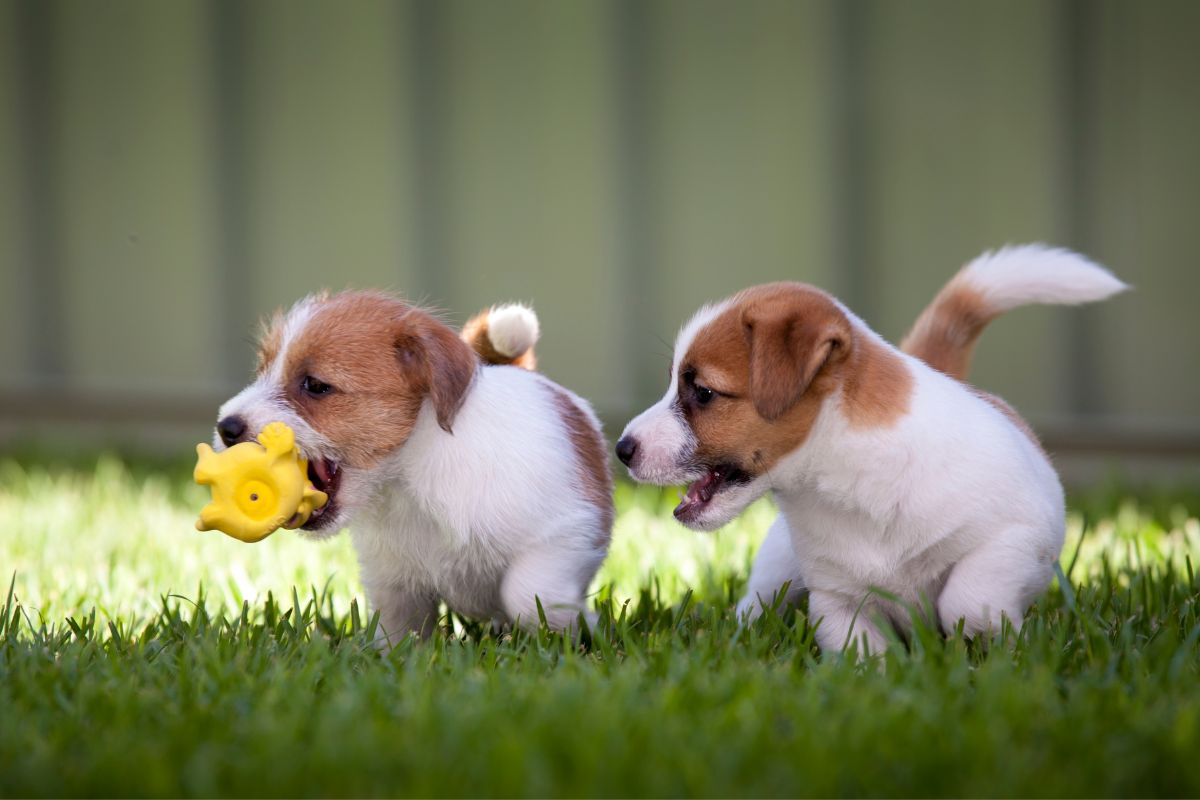
Bringing home a new puppy is like adding a little tornado of energy to your life. They zoom around, chew on everything, and look at you with those big, eager eyes that say, R...
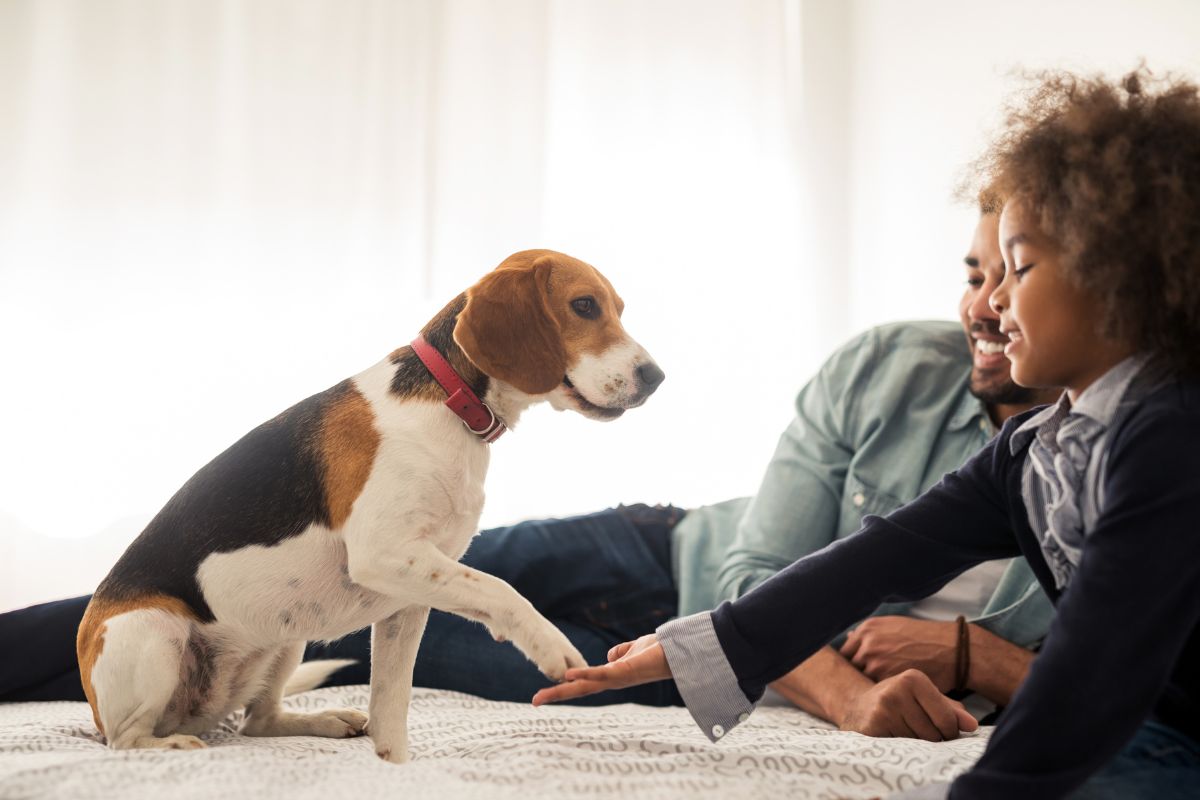
Bringing a dog into your family is a big decision that comes with lots of joy, responsibility, and, of course, plenty of tail wags. With so many breeds to choose from, finding t...
Image Not Found
So, you’ve decided to add a four-legged best friend to your life—congrats! But now comes the hard part… which breed is right for you? Choosing a dog isn’...

Bringing home a new puppy? Get ready for cuteness overload, lots of tail wags, and… a bit of chaos too. Puppies are like tiny, adorable tornadoes that can turn your world ...

Self-care is all about wagging your tail and feeling pawsitively great! It involves activities that keep you happy, healthy, and full of energy. Whether it’s a daily walk,...

Bringing a puppy into your life is like welcoming a furry little tornado of joy, energy, and endless cuteness. But let’s be real—along with the cuddles and wagging t...

As a cat owner, ensuring the health and safety of your furry friend is a top priority. With the emergence of avian influenza, commonly known as bird flu, it’s crucial to u...

Ah, Christmas! The time of year when homes are aglow with twinkling lights, the air is filled with the scent of pine, and everyone is wrapped in a warm, fuzzy feeling of joy and...

There’s nothing like the joy of bringing a fluffy, four-legged bundle of joy into your life. Puppies are the ultimate companions—full of love, energy, and just a lit...
Trustindex verifies that the original source of the review is Google. great. cute puppies, the employees are very helpfulTrustindex verifies that the original source of the review is Google. Trustindex verifies that the original source of the review is Google. Trustindex verifies that the original source of the review is Google. Trustindex verifies that the original source of the review is Google. Trustindex verifies that the original source of the review is Google. Trustindex verifies that the original source of the review is Google. Trustindex verifies that the original source of the review is Google.
"*" indicates required fields
"*" indicates required fields